Mărțișor, celebrated on March 1st, is a cherished Romanian tradition, alongside Dragobete and Baba Dochia’s days, marking the beginning of spring and the agrarian New Year. The term Mărțișor means little March and refers both to the day itself and to the red-and-white cord traditionally given as a gift.
The cord, also called the Rope of the Year, represents all the days, weeks, and months of the year gathered together. The two colors, red and white, symbolize the union of opposites, between winter and summer, cold and warmth, darkness and light, and death and life. Earlier versions of the cord sometimes used black and white or blue and white threads, representing the earth mother and sky father. Some traditions also associate the Mărțișor with the new moon and the spring equinox as a symbol of ancient lunar and solar calendars.
Traditionally, Mărțișor is given to girls and women, although historically, children of both genders could receive it from parents on the morning of March 1st, before sunrise, to ensure their protection from the unstable weather between winter and spring. The cord often has a small charm, coin, or handcrafted ornament attached, and it can be worn pinned to clothing, tied to the wrist, or hung around the neck.
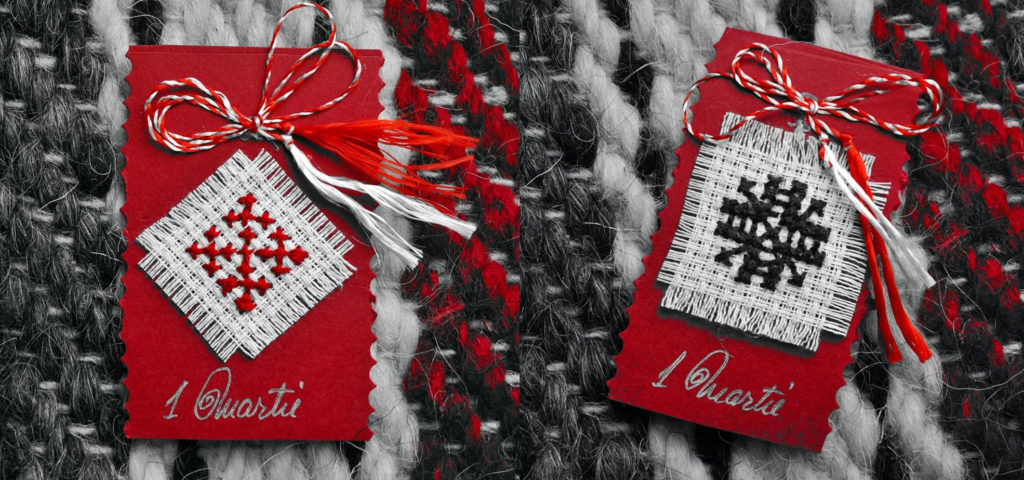
Stitched symbols celebrate the region’s textile artistry and are often believed to carry symbolic or magical meanings.
The Meaning of Mărțișor
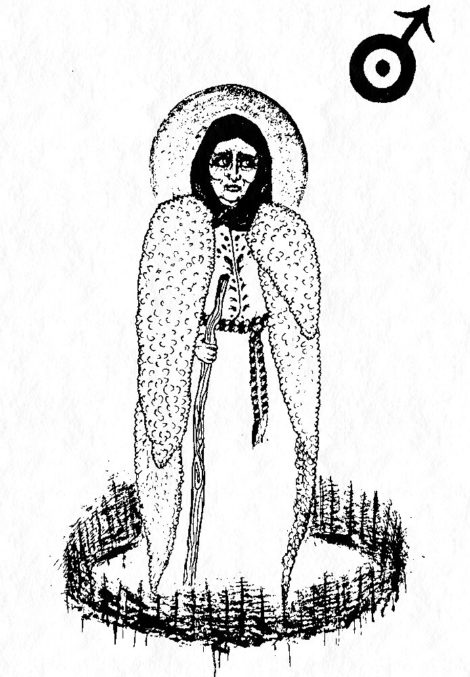
Baba Dochia is said to have first spun the Rope of the Year in black and white to symbolize Earth and Heaven. Illustration by @crowhag
According to legend, Baba Dochia believed that spring had truly arrived on the first day of March. Defying warnings from other shepherds who urged caution, she insisted on driving her flock up the mountains. When told that she risked angering Mars, the Roman patron of the season and agriculture, Dochia is said to have mocked him, declaring that she would put little Mars through a little nail. Angered by her arrogance, Mars sought to punish her. He went to February, the shortest month, and borrowed several days. With these extra days, he brought storms, frosts, and bitter winds, in contrast with the sunnier days.
Dochia, meanwhile, began her ascent of the mountain, spinning as she climbed, the Rope of the Year, much as the Fates spun the thread of human life at birth. At first, the sun seemed warm and reassuring, and believing winter was gone, she began to shed her many sheepskin coats, one by one. But as Mars’s borrowed days unfolded, the weather turned cold again. Exposed to frost and unable to protect herself, Dochia and her flock were turned to stone on the mountainside.
The story reflects the reality of early March in Romania, when the sun can be deceptively warm, yet the winter chill still lingers. Baba Dochia’s fate is thus a warning about the instability of spring weather and the dangers of misjudging the seasons. The Mărțișor is then understood as a talisman of protection against this treacherous time of year. It is worn to protect one’s health and fortune as the agricultural year begins.
An Enduring Spring Tradition
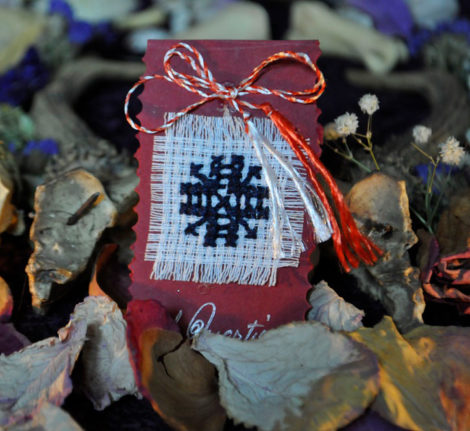
Mărţişor with stitched Cross and Star motifs; the Cross protects against the evil eye, the Star guides the wearer.
Today, Mărțișor continues to be a vibrant and widely practiced tradition in both urban and rural communities across Romania. The cord is still given on March 1st, often accompanied by a charm, flowers, and other gifts. Traditionally, it was simple, just the twisted red-and-white cord, sometimes with a silver or gold coin attached.
Over time, the custom has evolved, especially in towns and cities. The rope is usually paired with brooches, pendants, or handcrafted trinkets made of metal, wood, fabric, or ceramics. Markets dedicated to Mărțișor spring up in late February, filling streets, squares, and fairs with countless variations of charms tied to the red-and-white thread. The tradition has become not only a ritual but also a celebration of craftsmanship and artistic expression.
Although originally worn by both genders, today, Mărțișor is primarily offered to women as a gesture of love, admiration, and appreciation. This is partly due to the conflation of one of Baba Dochia’s Hag Days, March 8, with International Women’s Day, which in Romania is also celebrated as Mother’s Day. Thus, the tradition of Mărțișor is now part of the broader celebration of womanhood, where the charms are tokens of gratitude and respect as much as seasonal talismans.

www.Nettlesgarden.com – The Old Craft


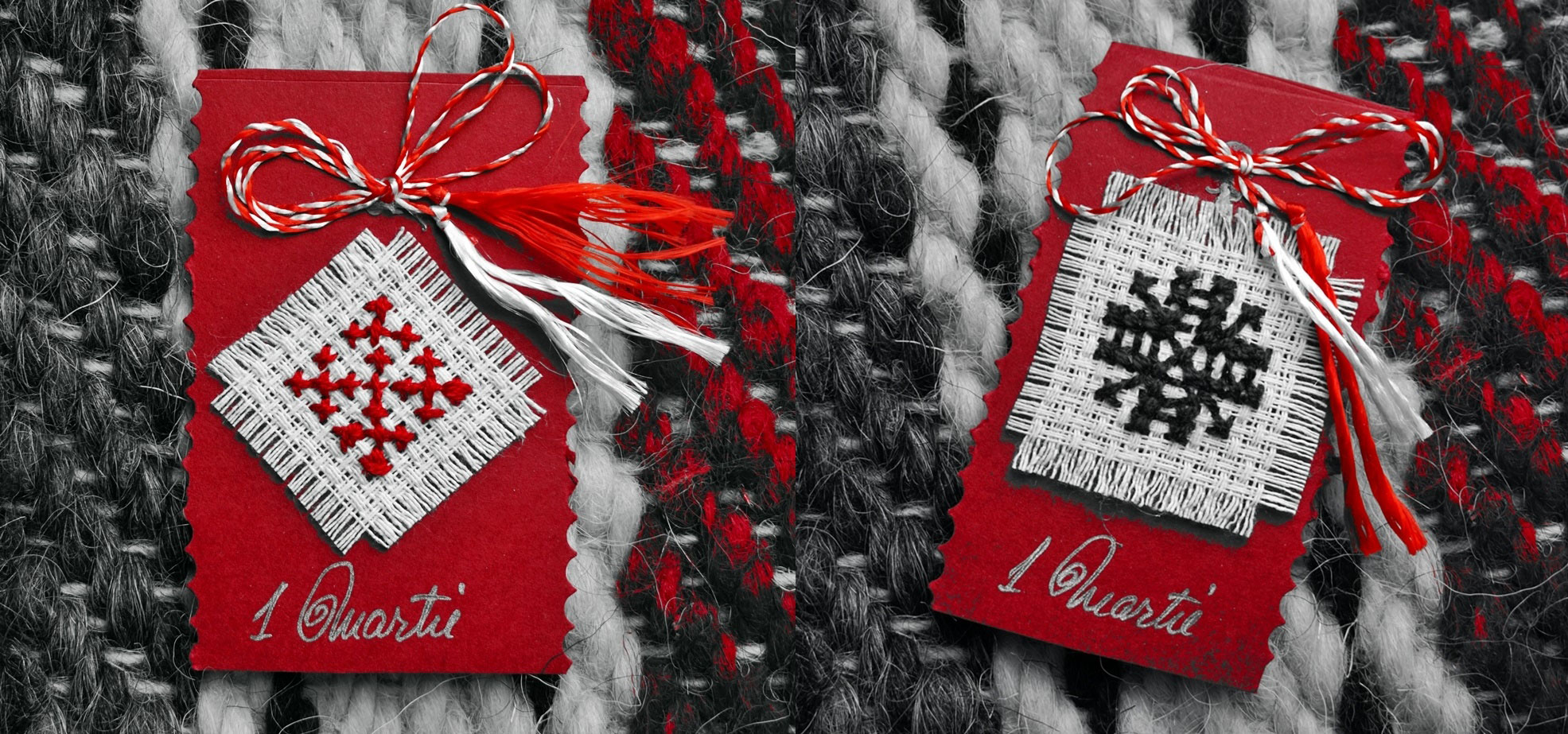

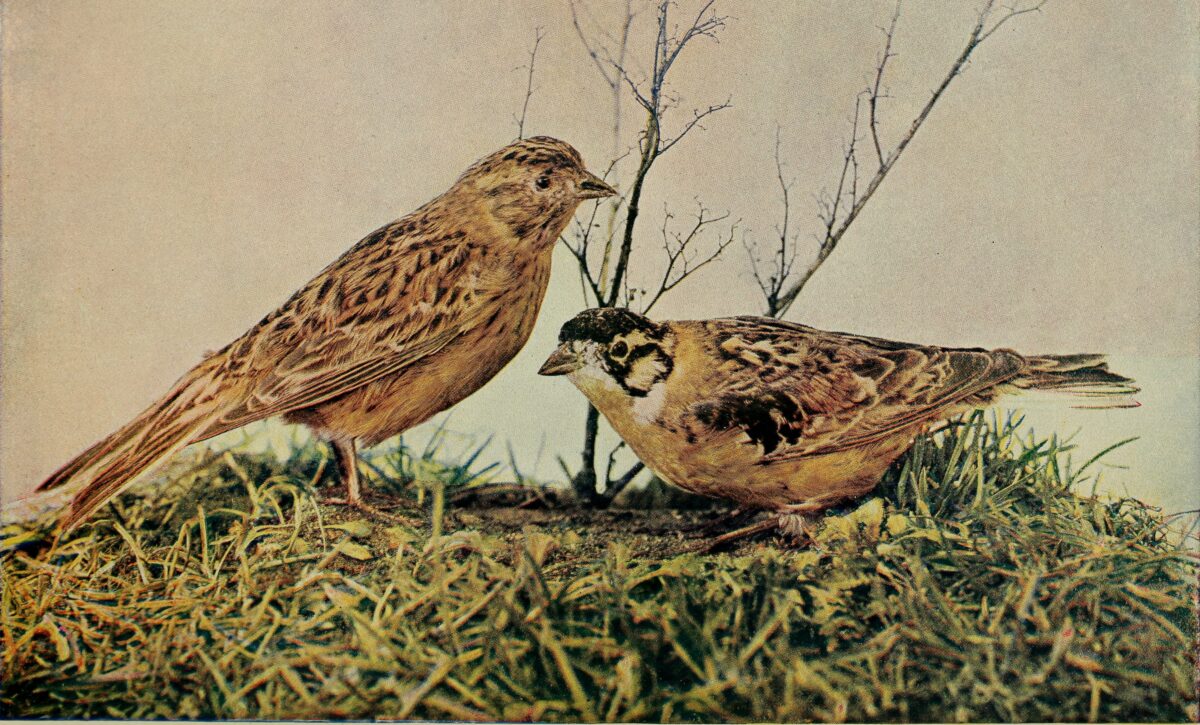
M | November 21, 2021
|
This adds some new symbolic fun and new knowledge to the beginning of springtime, which is often kind of “boring” to me without these traditions to spice it up, especially after the end of the darker part of the year, which is rich with lore from all different cultures.